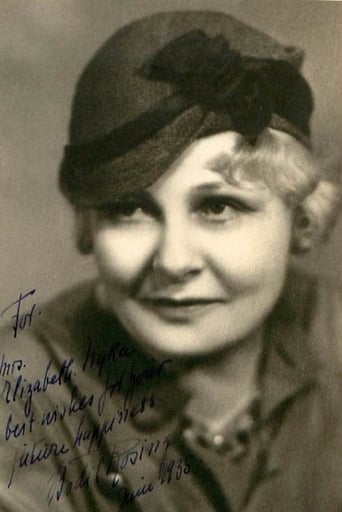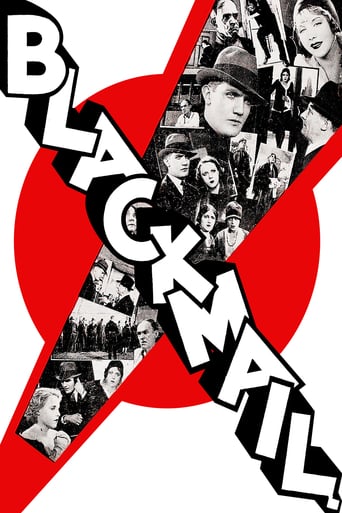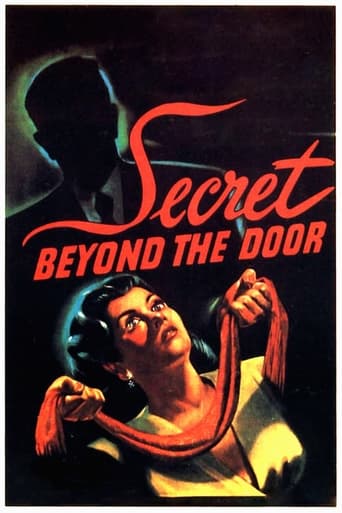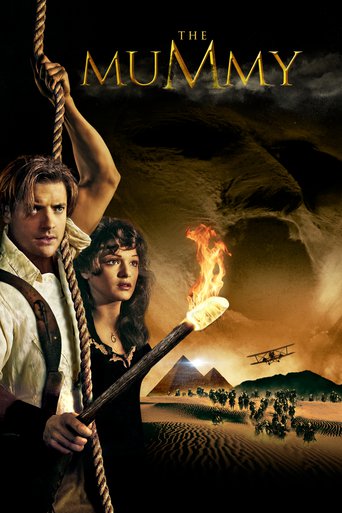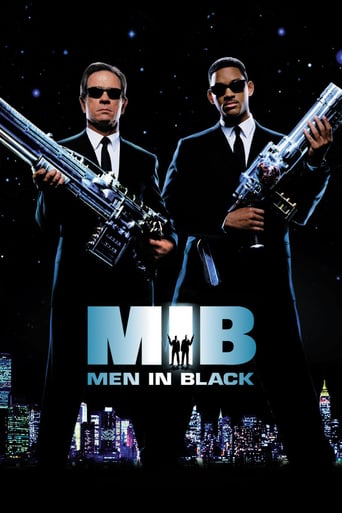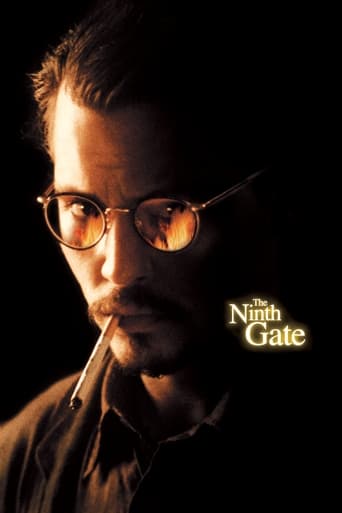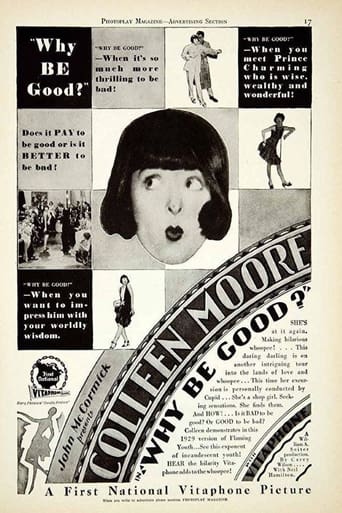
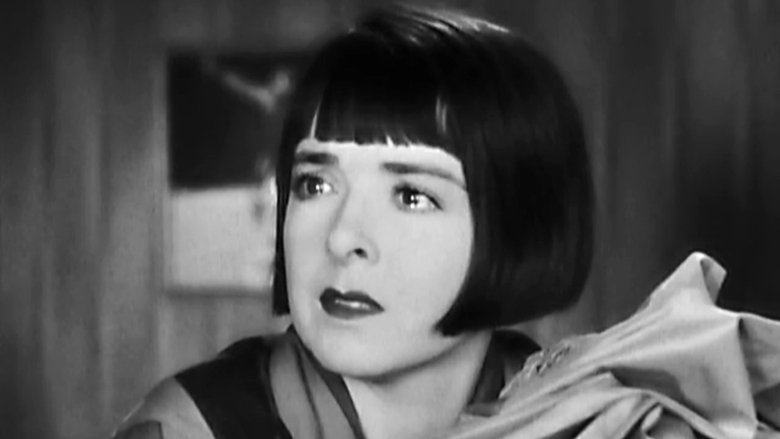
Why Be Good? (1929)
A flapper unwittingly falls for the boss' son.
Watch Trailer
Cast


Similar titles
Reviews
Why Be Good? was shown at the Silent Film Festival 2015 in San Francisco, in a 1920's movie house with a live orchestra. You can't get better than that! The line to get in went around the block, but it was sooo worth it: a rediscovered and just-restored silent film at a packed art-house theater which happened to be built a few years before this film's original theatrical release, with live musicians playing along so marvelously, it's hard to top it.We were given brochures and there was a pre-screening talk. It was there I learned that the film's star, Colleen Moore, died thinking all copies of the movie had been forever lost, including her reels which she'd given to a museum for preservation. But just like with Metropolis recently, someone at a cinematheque found a copy and after years of painstaking restoration work it was brought again to the world.I loved it. Colleen was so great portraying a flapper, and in a full house she and the other actors sure made us laugh a lot. I was very impressed with the Art Deco sets, the ingenious Boiler Room scene, and the moral of the story which I won't spoil. But yes there was a moral in the midst of all the dancing and comedy, and it was one that made all the women in the theater cheer!So big kudos to the restoration folks, and the Mont Alto Motion Picture Orchestra for the superb live accompaniment. It makes me wish every movie I attended had live musicians now.
On the 50th floor of a modern skyscraper in New York City, handsome young millionaire Neil Hamilton (as Winthrop Peabody Jr.) has a wild party to celebrate a new job managing his father's department store. In a poorer section of town, perky flapper Colleen Moore (as Pert Kelly) dances at fast-motion to "Sweet Georgia Brown" in a Charleston contest. A clear winner, Ms. Moore is also one of the thousand "cuties" employed as a clerk at Peabody's department store. Later, she hooks up with Mr. Hamilton at a hot roadhouse called "The Boiler". Moore angers her parents by arriving home late, but she really lives a virtuous life. However, Moore is late for work and ordered to see the new store manager...Moore's last silent is very nicely produced, for its star, by John McCormick. Director William A. Seiter and his crew present Moore in a flattering light, and give us a tasteful peak at her underwear in a couple of scenes. Trying to make time with Moore before she meets Hamilton, amorously greasy Louis Natheaux (as Jimmy Alexander) is a stand-out. Carey Wilson's story was a standard for the time. A pretty clerk getting attention from an (ideally, department store) millionaire was a common fantasy. The plot was well-worn, and doesn't fit the "flapper" girl. Mary Pickford and Clara Bow had released finer films on the topic. Moore's best rags-to-riches story is, appropriately, "Ella Cinders" (1926)...This was Moore's final "silent" film. She transitioned to the "talkies" as well-spoken, but without distinction. Moore was likely hurt by being so closely associated with a bygone era. She was #1 in the industry's "Quigley Poll" of box-office stars for 1926. "Why Be Good" finds its star acting almost purely with the exaggerated silent mannerisms associated with silents. In the past, Moore demonstrated some of the subtly and style which would prove useful in all-talking pictures; but, here, she makes her preference known. The recently re-discovered print of "Why Be Good?" is spectacular, and it survives with its beautifully rendered "Synchronized Musical Score and Sound Effects" track. Let's see more...****** Why Be Good? (1929-02-28) William A. Seiter ~ Colleen Moore, Neil Hamilton, Louis Natheaux, Bodil Rosing
"Why Be Good?" is a cultural treasure, not only because it's one of the few extant Colleen Moore features of the silent era, but because it has been crisply restored and boasts one of most voluptuous synchronized soundtracks of any late silent feature. As Leonard Maltin explained in his post-broadcast discussion on Turner Classic Movies which aired Sept. 28, 2015, the soundtrack musicians included such jazz greats as Joe Venuti and Tommy Dorsey. Vintage numbers including "I'm Thirsty for Kisses and Hungry for Love," "If You Want the Rainbow, You Must Have the Rain," "Tall, Dark and Handsome," "Flapperette," "Changes," "Le Chant des Boulevards" and "That's Her Now" as well as era-evocative nuggets by William Axt, Hugo Riesenfeld and others, accompany the jaunty proceedings. If Moore was was ever better I'd like to see evidence. She had the face, the hair and the attitude that have come to epitomize "flapper." In early talkies WBG's leading man, Neil Hamilton had a stodgy presence, but is more palatable in silence; if Moore was the ultimate flapper of her time, Hamilton was her equal in the young WASP romantic lead department. Louis Natheaux as a vainglorious would-be dance hall Casanova is the most entertaining supporting player in the early scenes, while Bodil Rosing and John Sainpolis serve the scenario effectively as Moore's parents.The film showcases in a well-appointed and neatly packaged way the controversies about the role of women at the time. Objecting to her father's strictures about dress code and leisure activities, Moore argues that if she works to contribute to household upkeep, then she has a right to look like she wants (bobbed hair, lipstick, revealing dresses) and do what she wants (stay out half the night dancing, drink illegal alcohol, smoke cigarettes and ride around with men she's just met – in moderation, of course). These conflicts had been hashed out in countless films , including Moore's own "Flaming Youth" (1923) before this one was released. WBG then could well be characterized as the Last Word on flappers. Though not a part of the soundtrack, the popular song of the time "She's a New Kind of Old Fashioned Girl" perfectly suits the Moore character ("Underneath the paint / You will find a saint ")
You can say that this is a mix of It,Saturday Night kid and Love Trap and our Modern Maiden. Colleen Moore did a few of her vehicles ,back in the twentieth ,focusing on the flapper, such as Flaming Youth, which only a fragment survives.The music that was used in this silent film sounded exactly like the music of Hugo Riesenfeld , that was used in the King of Kings.I though First national had used him,but, the credit stated Max Terr and Irving Talbot.So they were copying some of his king of king score.They had also include pop tunes of that times in the score,some that I heard live 365 oldies station.What made me think of Saturday night kid was the fact that Jean Harlow played a part in it and she had an uncredited part in This feature.I did not notice her .I also did not notice Micha Auer in it neither.Like Clara Bow,Colleens character is a good girl who pretends to be sexually wild ,out of fear she won't be excepted .A working girl in a department store She goes out with her friends for dancing and drink booze moderately.She live with her parents,played by Edward Martindel and Bodil Rosing.Her father disproves of it , but her mother is understanding knowing she does not do wrong.I got the impression that it was made in 1927 and held back until 29,because it looked that way,but, in the inter title card the date mentions 1929.It's when Colleen is going out with her new beau played by Louise Natheaux, is when she meets Winthrop ,played by Neil Hamilton, practically almost the same similar role he played in the Love trap, that she falls in love with him.His father ,who runs the department store,in which Winthrop manages,does not think she good for him ,so he fired her.Collen thinks it might of been Winthrop,but Winthrop did not realize it.The father disapproving the engagement for the ex shop girl,suggest to test her of her virtue.The test all falls out,that she hold her virtue.Considered a lost classic for years and was restored last year with the aid of the Vitaphone project .Worth collecting 11/14/14




